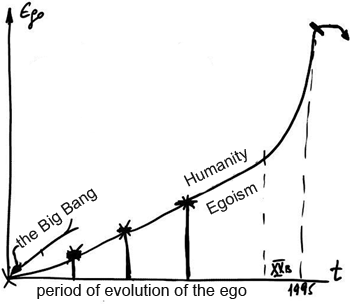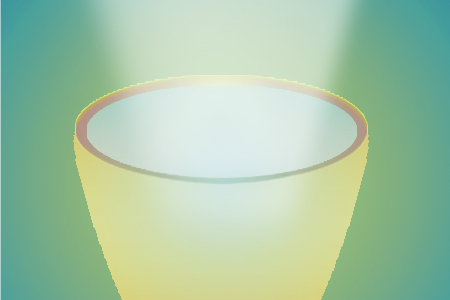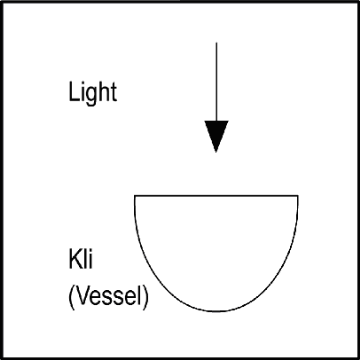
Why Evolution Is Really All About the Development of a Desire for Pleasure
The essence of human nature is its perpetually evolving desire for pleasure. To realize this desire, we feel compelled to discover, invent, and improve our reality. The gradual intensification of the desire for pleasure has been the force behind human evolution throughout our history.
The desire for pleasure evolves through several stages. In the first stage, it manifests in the need for sustenance, such as food, reproduction, and family. In the second stage, the desire for wealth arises, and in the third, there is a craving for honor, power, and fame. Development of these three stages had lead to major changes in human society—it became a diversified, multi-class society.
The fourth stage signifies our yearning for learning, knowledge and wisdom. This expresses itself in the development of science, educational systems, and culture. This stage has become associated with the Renaissance and the Scientific Revolution, and is still predominant today. The desire for knowledge and erudition requires that we understand our surroundings.
To understand the present state of humanity and its prospects, we must build a bridge connecting several milestones in the evolution of science. These milestones have significantly affected our approach to life.
How the Evolution of Thought Led to the Development of Empirical Science
The Scientific Revolution that occurred during the 16th century brought radical changes in our thought patterns. At the time, researchers believed that theories must be tested against experiments and observations. They also cautioned us to avoid mythological and religious explanations. At the center of scientific thinking was an analysis of reality, and the search for scientific answers to age-old questions. Until then, these topics had been ascribed to a divine power.
In his book, Mathematical Principles of Natural Philosophy (1687), Isaac Newton (1642-1727) proposed a theory of mechanics that would let us calculate the change in the motion of any body when influenced by a given force. The success of Newton’s theory presented a whole new worldview. Newton’s deterministic viewpoint stated that in any event, regardless of its nature, a certain natural law will manifest. The presence of the Divine was of little importance because the trajectory of all motion is fixed, and there was no intervention by the Divine.
The deterministic approach was well described by the astronomer, Pierre Simon Laplace (1749-1827) as he sought to explain to Napoleon how our solar system had been formed. When Napoleon asked him about God’s place in the process, Laplace replied: “Je n’avais pas besoin de cette hypothèse-là” (“I did not need this hypothesis there”).
Thus, science left no room for the existence of other aspects beyond its own limits, including those realities that are hidden from our perception. Everyone believed that humanity had discovered the necessary measures to know the world as it really was.
In the late 1800s, it seemed that classical physics had provided researchers with a complete set of laws for every natural phenomenon. Many researchers maintained that these laws would help them explain even the few phenomena that remained mysteries. Since physics has always been considered “the mother of all sciences” and the forefront of technology and experimentation, its discoveries served as the foundation for research in other sciences, as well.
The Turning Point: Einstein and the Discovery of the Observer’s Relationship to Reality
The era of modern physics began in the early 1900s with Albert Einstein’s (1879-1955) revolutionary discoveries. Einstein’s Theory of Relativity generated a fundamental change in attitude towards everything that had previously been known about time, space, mass, motion, and gravity. Einstein’s theory unified time and space into a single entity—time-space—revoking the premise that time and space were absolute.
Continue reading “The Hidden Link between Evolution and Kabbalah”






